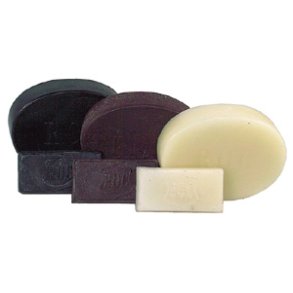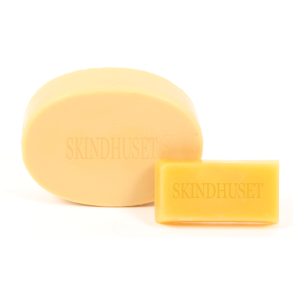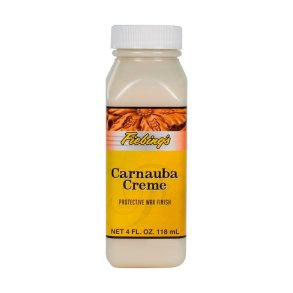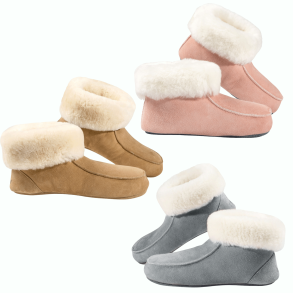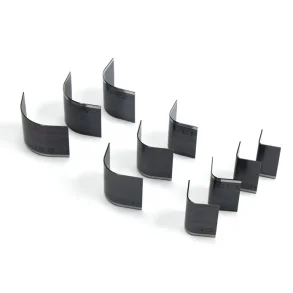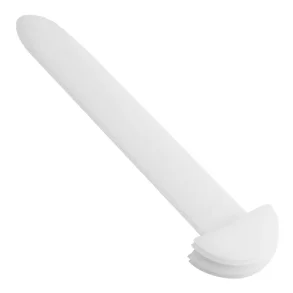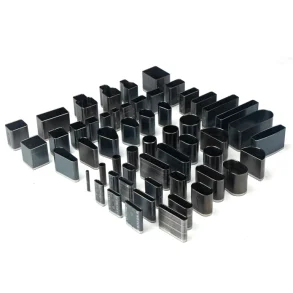What is carnauba wax?
Carnauba wax comes from the carnauba palm, a Brazilian tree formally named Copernicia
prunifera. In hot, dry weather, the plant secretes wax to protect the leaves from damage.
Sources:
– Websites of Brasilian carnauba wax producers (Pontes, Foncepi, Carnauba do Brasil, etc.)
What is carnauba wax used for?
Carnauba wax is used for a wide array of products mostly falling into the categories of: Cosmetics,
food products and polishes.
Some of the products are: Candies/sweets, chewing gums, chocolates, confectionary sugar, fruit
coating, polishing wax (for car, leather, floor, furniture), food packing, can coating, plastic film,
matches, medicine/capsules, graphite pencils, paints, cosmetics, bullets coating, bar codes, dry
batteries, computer chips, printing ink, carbon paper, toner, dehydrated vegetables, modeling
flowers and fruits, dental wax, textile coatings, lubricants, skin care, hair care, shave creams.
What are the advantages of using carnauba wax?
Sometimes called the “Queen of Wax,” carnauba wax has a much harder melting point (78 C) than
other waxes, and is also extremely hard. It is also not readily soluble. Water cannot break down a
layer of carnauba wax, and only certain solvents can, usually in combination with heat. Used plain,
it can make something waterproof and wear resistant. Combined with things such as tints and dyes,
carnauba wax can be used to create an enduring colored polish. Unlike many other waxes, a
carnauba wax finish will not flake off with time, it will merely become dull. This makes it ideal for
locations in which a flaking finish would look unsightly.
Where does carnauba wax originate from?
Only in the North-Eastern part of Brazil is carnauba wax extracted from the carnauba palm. The
three states with by far the most production of carnauba wax is Ceara, Piaui and Rio Grande do
Norte.
This part of Brazil is dominated by a semi-arid climate with a dry season from August to December.
Draughts are common.
| Origin | Denmark |
| Note | ✅ More versions of this products can be fund i out 2 shops in Copenhagen. | |
| Quality | 1 sorting |
Customers who bought this product also bought
16,70 €
(incl. VAT)
